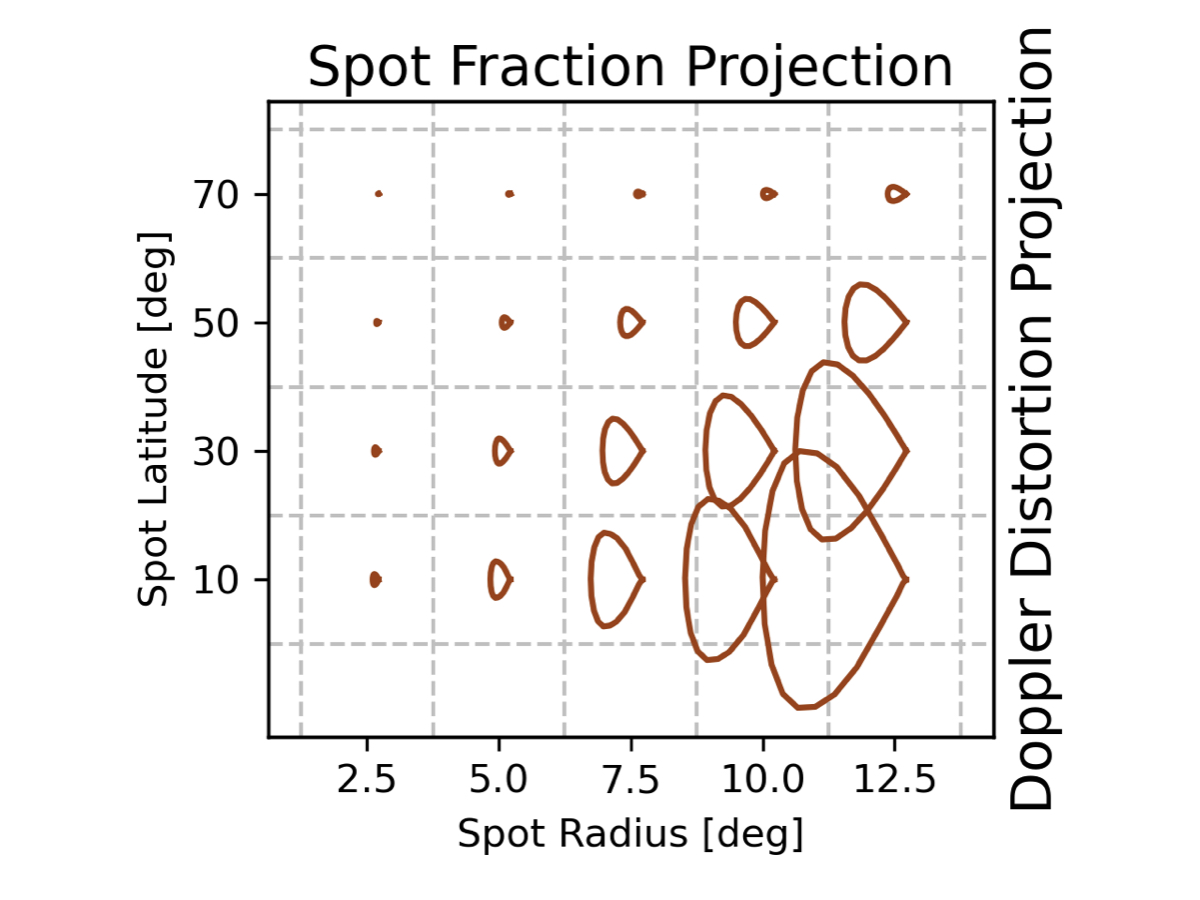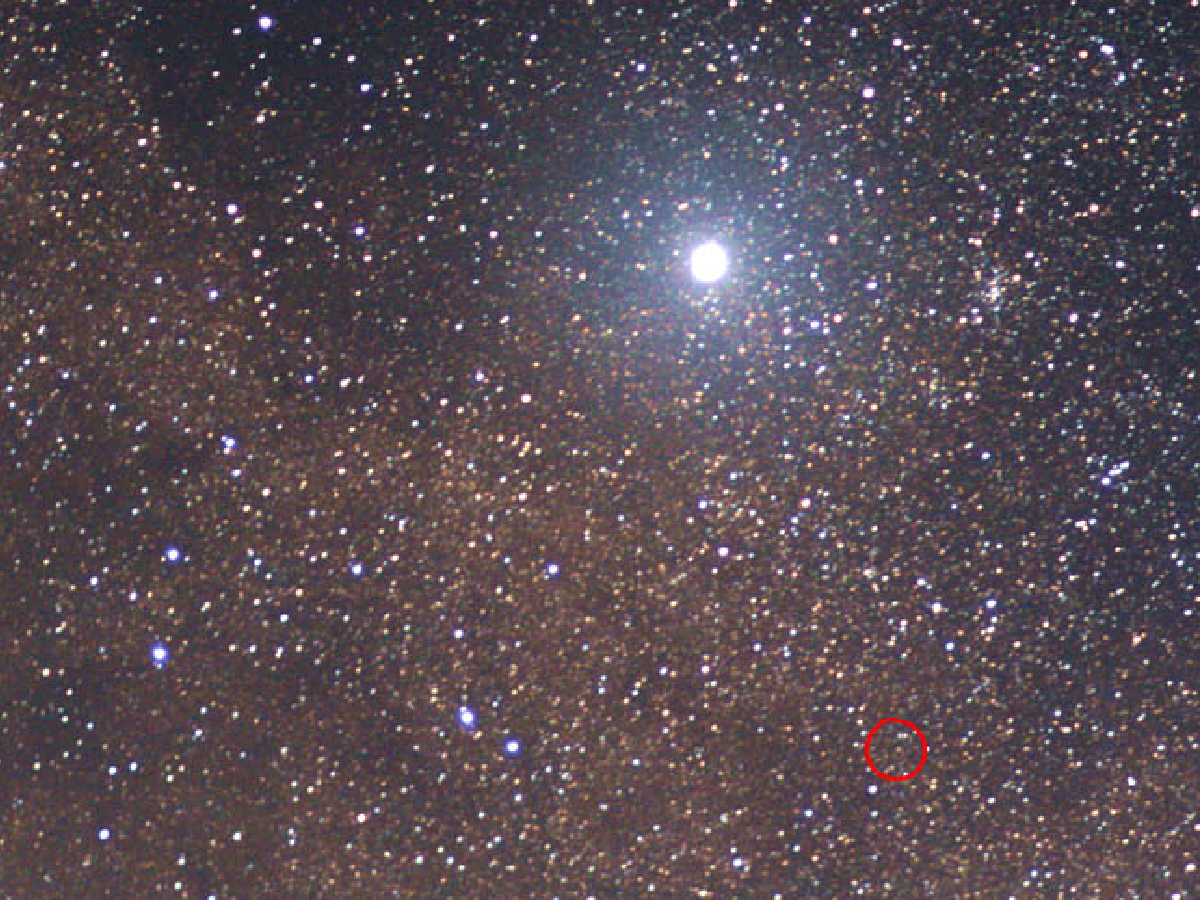Precision spectroscopy. Exoplanet discovery and characterization.

EXPRES
I am the project scientist for EXPRES, the EXtreme PREcision SPectrograph. EXPRES is a R=137,000, environmentally-stabilized, fiber-fed, optical spectrograph mounted on the 4.3-m Lowell Discovery Telescope (LDT). EXPRES has demonstrated an instrument precision of 4-7 cm/s and an on-sky single measurement precision of 30 cm/s for a SNR of 250.
I helped align and commission EXPRES, contributed to the observing software, and aided with survey design. I co-wrote the EXPRES extraction pipeline and now develop novel data-driven methods to improve instrument calibration, modeling telluric lines, and other.

Extreme Stellar Signals Project
I founded and am now on the executive committee for the Extreme Stellar Signals Project (ESSP), an international collaboration of researchers working on disentangling stellar signals from planetary signals. Measured spectral shifts due to intrinsic stellar variability (e.g. pulsations, granulation) and activity (e.g. spots, plages) are currently the largest source of error for extreme precision radial velocity measurements.
The first round of the ESSP established the state of the field through a self-consistent comparison of 21 different methods. The second round makes use of contemporaneous Sun-as-a-star observations taken by four precision spectrographs, from which planetary and instrumental signals can be isolated. With simulatenous observations from four instruments, I was able to conduct the first direct benchmark of instrument precision, finding agreement to within 15-30 cm/s.

Spectral Signatures of Stellar Signals
Stellar signals are known to affect different spectral lines in different ways and to different degrees. There is a need to move away from diagnosing stellar variability using summary statistics, such as activity indicators (e.g. core emission in a single spectral line) or the cross-correlation function (CCF) of a spectrum with a binary mask that includes only select spectral lines.
I explore more complete dimensionality reductions techniques at the spectral level, allowing for better informed models of stellar signals that remain computationally tractable. We showed that the expected variations are compact--i.e., there exists a low-dimensional set of basis vectors that captures the extent of spectral changes due to stellar signals.

Excalibur
I developed excalibur, a non-parametric, hierarchical method for precision wavelength calibration. Excalibur utilizes all calibration images to construct a model of the accessible calibration space of an instrument and de-noise line positions, which can then be fit with a more flexible, non-parametric model. This allows for more precise wavelengths while also learning how an instrument varies.
When applied to EXPRES data, the overall RMS of RV data sets for quiet targets decreased by 0.2-0.5 m/s. This reduction in overall RMS implies that excalibur addreses an instrumental, red-noise component that would otherwise permeate all exposures.

Planet Detectability
I ran simulations to understand the state of the α Centauri A, B, and Proxima Centauri system. The simulations made use of more than a decade of archival radial-velocity measurements of this star system from CHIRON, HARPS, and UVES. Existing data rules out planets in the classically defined habitable zones at an m sin(i) of greater than about 53 M⊕ for α Cen A, 8.4 M⊕ for α Cen B, and 0.47 M⊕ for Proxima Centauri.
I use similar simulations to determine planet detectability based on either archival data or survey design. This allows us to make informed decisions in optimizing planet surveys.

Atmosphere Spectroscopy
The atmosphere of a planet provides key constraints to the composition, formation conditions, and habitability of a planet. EXPRES observations taken during a planet's transit enables high-resolution transmission spectroscopy. With MASCARA-2b, we confirmed previous detections of Fe I, Fe II, and Na I as well as detected MG I and Cr II.
As a member of the Bean Exoplanet Group, I used transit spectroscopy to investigate the composition of Wasp-12 b's atmosphere. I analyzed data of Wasp-12 b from the Hubble Space Telescope's Space Telescope Imaging Spectrograph (STIS) to construct the transmission spectrum at wavelengths of 0.3-1.0 microns.
